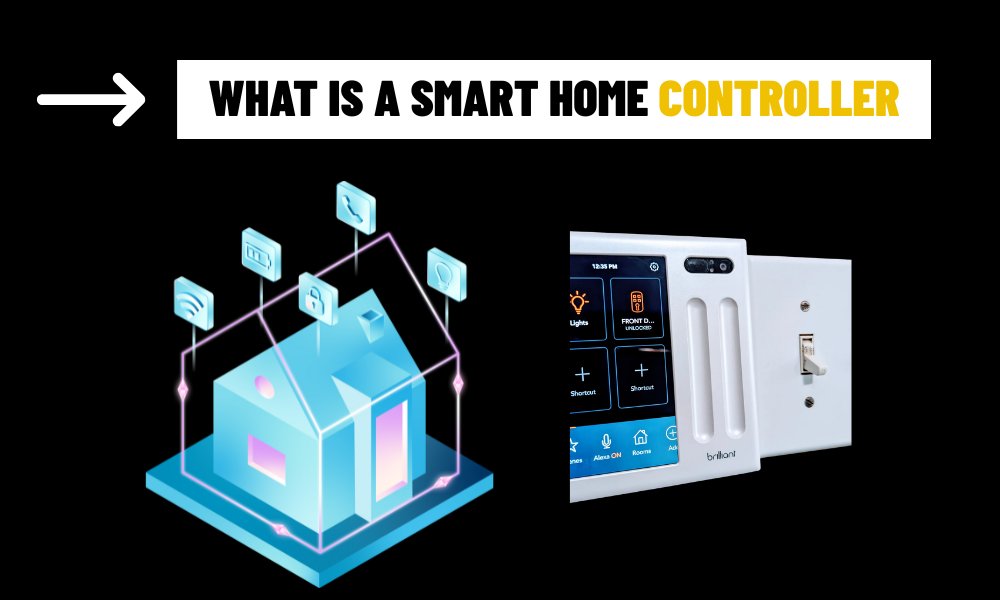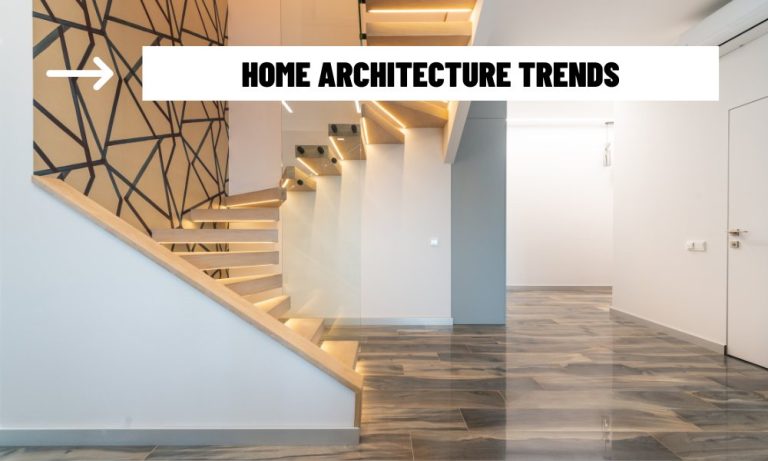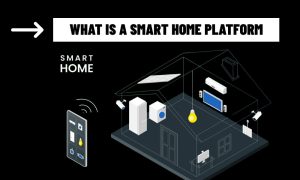The concept of smart homes is no longer a futuristic dream. With innovations in home automation, a smart home controller can now empower homeowners to control every aspect of their living space with ease. From lights and locks to entertainment systems, a smart home controller acts as the heart of your connected ecosystem. In this guide, we’ll delve into the world of smart home controllers and explain why every modern home needs one.
Overview of Smart Home Controller?
A smart home controller is a unified platform designed to manage and automate various connected devices within a home. Whether you are controlling lights, adjusting the thermostat, locking doors, or managing home security, the controller centralizes all your interactions with smart devices.
These controllers can be physical hubs (like a smart speaker or a touchpad) or cloud-based apps that work with your phone or tablet. Regardless of the method, the ultimate goal remains the same: to streamline how you interact with your home, saving time, energy, and enhancing convenience.
How Do Smart Home Controllers Work?
The technology behind a smart home controller is powered by wireless communication protocols, such as Wi-Fi, Zigbee, or Z-Wave. These allow devices within the home to “talk” to one another and be managed via a centralized interface.
Centralized Control Hub: The controller serves as the hub for all your connected devices, from smart lights to home security cameras. It aggregates and centralizes control, enabling you to manage everything from a single platform.
Cloud Connectivity: Many smart home controllers are cloud-based, meaning you can control your devices remotely via a mobile app. This also allows for automatic software updates to improve functionality and security.
Automation & Scheduling: Smart home controllers allow for automated workflows, such as turning on lights at a specific time, adjusting the thermostat based on your habits, or turning off appliances when not in use. It’s all about creating seamless routines.
Integration with Voice Assistants: Voice assistants like Amazon Alexa or Google Assistant can be integrated with your smart home controller, allowing hands-free control of your devices.

Why You Need a Smart Home Controller
Whether you’re at home or away, you can adjust your home’s temperature, lights, or security system with just a few taps on your phone or a simple voice command. This level of convenience saves time and enhances comfort.
Many smart home controllers integrate with smart cameras, doorbell systems, motion detectors, and alarms. You can monitor activity in real time, receive alerts, and even lock or unlock doors remotely, providing peace of mind.
By automating the control of lights, appliances, and heating/cooling systems, you reduce unnecessary energy consumption. This results in lower utility bills and a smaller environmental footprint.
Advanced automation features allow your home to learn your habits over time, adjusting settings to fit your schedule. For example, it can recognize when you’re leaving the house and automatically arm the security system or turn off lights.
Every home is unique, and so are the needs of its inhabitants. A smart home controller gives you the flexibility to customize settings to your exact preferences, whether that’s a mood lighting setup or a security schedule that fits your family’s routine.
Top Smart Home Controllers on the Market
There are several smart home controllers available, and the best choice for you will depend on your specific needs and ecosystem preferences. Here are some of the top contenders:
Amazon Echo: Alexa is the backbone of this platform, and it integrates with a wide range of smart devices. It’s also user-friendly, making it a top choice for beginners.
Google Nest Hub: Google’s home automation system provides deep integration with Google services, making it a great choice for those heavily invested in the Google ecosystem.
Apple HomeKit: For Apple users, HomeKit offers a secure and intuitive platform for controlling smart devices. It integrates with Siri and is perfect for those looking for a seamless experience across all Apple devices.
Samsung SmartThings: Known for its versatility and broad compatibility, SmartThings supports devices across various standards, including Zigbee, Z-Wave, and Wi-Fi, making it one of the most flexible smart home controllers.
Wink Hub: With a straightforward setup process, Wink supports a wide range of devices and is a good option for those seeking simplicity without sacrificing performance.
The smart home controller is the backbone of any modern smart home, bringing simplicity, efficiency, and automation to daily living. Whether you’re new to home automation or a seasoned enthusiast, investing in a smart home controller can transform how you interact with your living space. With the ability to monitor, control, and automate your devices, these controllers are changing the way we live, offering unprecedented convenience, security, and energy efficiency.















